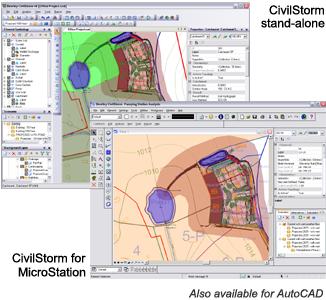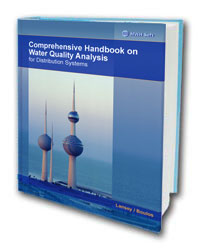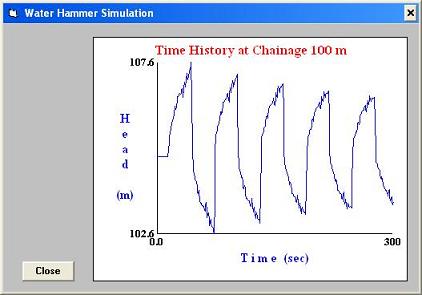Finding Direction for Your Distribution Flushing Program
An article by the Safe Drinking Water Trust:
Distribution system flushing programs have been around for a long, long time. In a nutshell, these programs provide systems with an organized way to clean out the rust and other sediments that have settled in the water lines over the years. Whether water system crews simply crack open a few fire hydrants around town or have spent a great deal of time devising an in-depth unidirectional flushing program (UFP), itג€™s a sure bet that if your system hasnג€™t been flushed for awhile your water quality will suffer. If this is the case, then there is no time like the present to take a closer look at your distribution systemג€™s preventative maintenance program before you receive a phone call like:
Read the full article here.



